According to New Atlas, researchers at the Tokyo Metropolitan University developed a new compound that apparently can remove carbon dioxide from the atmosphere with an efficiency of 99% and at least twice as fast as the technology currently available.
Direct air capture technologies rely on vacuuming carbon from the atmosphere or simply capturing it when it gets out through the smoke stacks, pumping it back into the ground afterwards.
The team of researchers discovered that it can use isophorone diamine (IPDA) to absorb carbon emissions very effectively.
In their tests, the compound was able to remove more than 99% of the carbon from the air with a concentration of 400 parts per million, which is about the current concentration in our atmosphere.
The process took place twice as fast as with traditional methods, removing 201 millimoles of CO2 per hour, per mole of the compound.
The gas separated into flakes of a solid carbamic acid material, which could have been removed from the liquid fairly easy, as well. If needed, the resulted material could be turned into gaseous CO2 again by heating it to 60 degrees Celsius, which also releases the liquid IPDA for later use.
The carbon that was removed can be stored or used for industrial processes, either in solid or gaseous form.
Since we release around 30 billion tons of CO2 into the year every year, the question now remains if we can scale this up to be able to make a difference.
Right now, the world's largest direct carbon capture plant is able to remove around 4.000 tons of CO2 from the atmosphere per year, and that's not going to cut it on its own.
This is why we need to scale up and combine all available carbon removal technologies that we have at our disposal in order to make the air that we breathe cleaner.
 Mihai - Cristian Ioniță
Mihai - Cristian Ioniță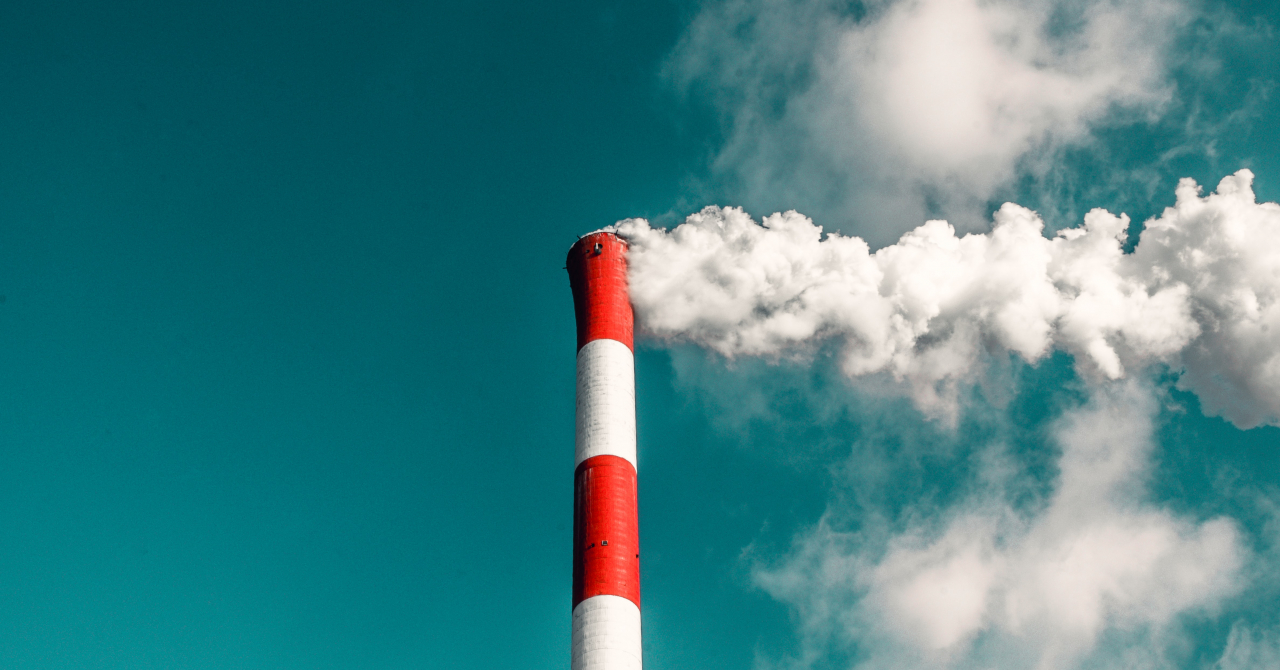


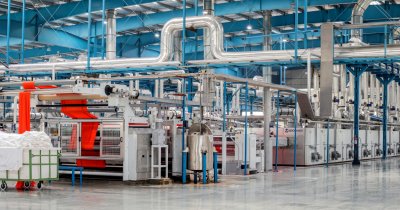
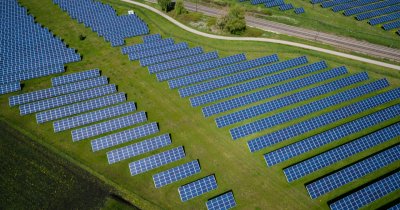



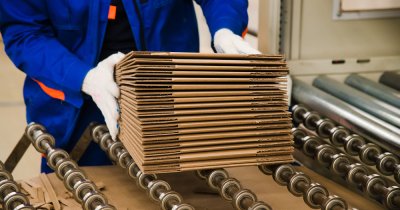


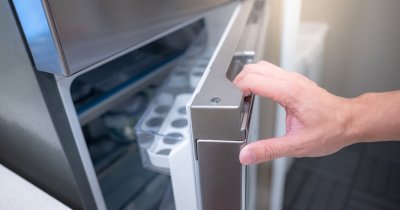
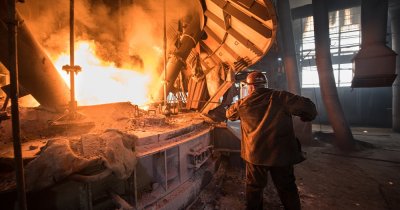
Any thoughts?